Dreaming of Mediterranean charm and ancient history? These must-see destinations in Cyprus offer sun-drenched beaches, historic ruins, and charming villages perfect for your next island getaway.
If you are in a hurry, I recommend:
Unique Destinations
1. Agios Georgios

Just outside the village of Pegeia, Agios Georgios is a fascinating archaeological site that takes you back to early Christian times in Cyprus. First discovered in the 1950s and expanded in the 1990s, this ancient 6th-century settlement is believed to have once been a port city on a trade route between Egypt and Constantinople.
Highlights:
- Ruins of three basilicas (A, B, and C), plus a baptistery
- Remains of a sacristy, guesthouse, courtyard, and oil press
- Peaceful necropolis nearby, often visited by pilgrims
- Unwalled settlement gives a unique glimpse into early Christian life
- Low entrance fee and easy to explore on foot
Vibe:
If you’re into history, quiet walks, or hidden gems, Agios Georgios is worth the detour. The views over the sea are gorgeous, and the ruins are surprisingly well-preserved. Bring comfy shoes, your curiosity, and a camera—you’ll want to soak it all in.
Near Pegeia, Cyprus
impaphou.org
See on Google Maps
Pegeia Village, 11km North of Paphos, Cyprus
Travel Tips for Agios Georgios, Cyprus
- Best Time to Visit – April to June or September to October for pleasant weather and fewer crowds.
- Summer Heat – July and August can be extremely hot and crowded; plan activities early or late in the day.
- Car Rental Recommended – Public transport is limited; renting a car is the best way to explore the area.
- Drive on the Left – Cyprus follows British-style driving, so stay alert if you’re not used to it.
- Photo Opportunities – Sunset views from the harbor and nearby cliffs are especially scenic.
- Footwear Matters – Wear sturdy shoes for uneven terrain and archaeological paths.
- Pack Essentials – Bring snacks, water, and sun protection if exploring the area on foot.
2. Agros
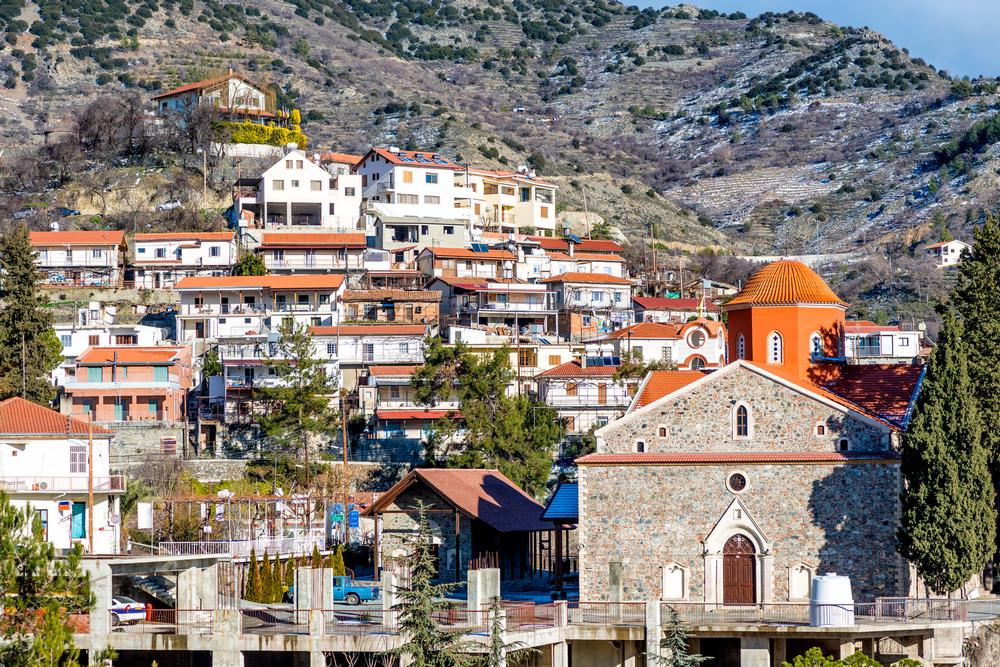
Agros Village was built at an elevation of 1,100 meters in the Troodos mountains. The village has a distinctive amphitheater-style shape and grew up around the Monastery of Great Agros, built by 40 monks who were fleeing Asia Minor. The monastery was destroyed by a fire in 1894, and the Church of Panayia of Agros was built in its place. The scenic mountainous area offers panoramic forested views and an opportunity for traditional agrotourism. Villagers grow fruits, vegetables, and roses; they make homemade marmalades, distill rose oil, and produce cured meats. A small monument to Nearhos Clerides, a local scholar who left a legacy of folklore and literature, may be of some interest.
4872 Agros Village, Limassol, Cyprus
Travel Tips for Agros, Cyprus
- Best Time to Visit – Spring and early autumn offer mild weather and blooming nature trails.
- Mountain Climate – Even in summer, evenings can be cool—pack a light jacket.
- Scenic Drives – Rent a car to enjoy winding mountain roads and nearby Troodos villages.
- Local Products – Try rose-based goods, traditional sweets, and homemade sausages sold in village shops.
- Walking-Friendly – The village is compact and great for exploring on foot—wear comfortable shoes.
- Festivals – Check local calendars for rose festivals and food fairs, especially in May and October.
- Stay Overnight – Enjoy the quiet charm and local hospitality at small guesthouses or agro-tourism lodges.
Romantic
3. Episkopi
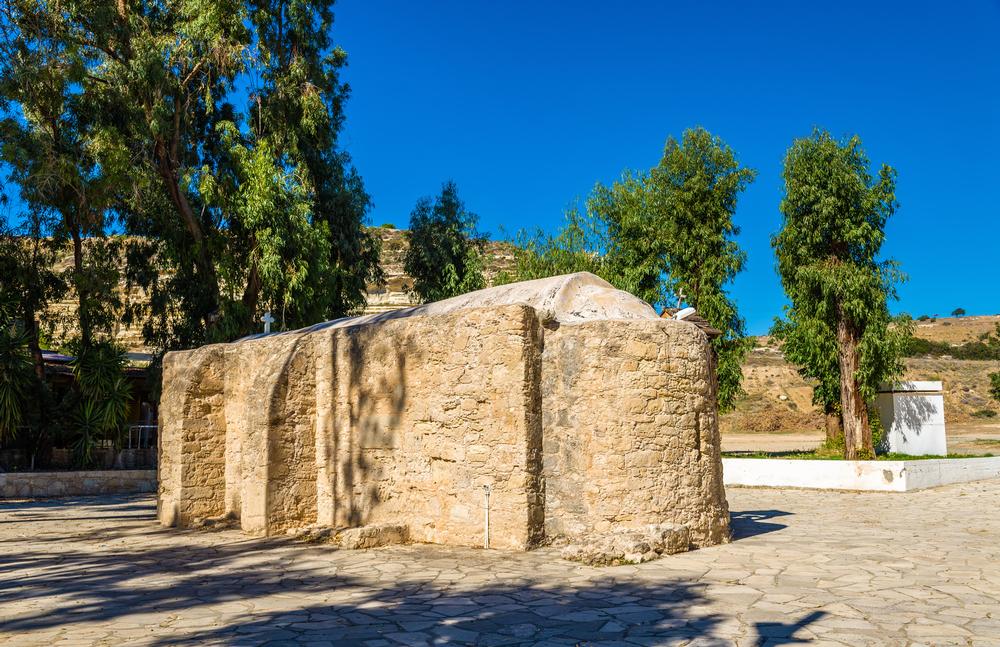
Episkopi is a must-see destination for outdoorsy travelers. The biodiverse area includes everything from the Episkopi cliffs, where peregrine falcons nest, to the wetlands of the lower Ezousa river valley with its black francolins - the only place in Europe where they live. There are also colorful bee-eaters and black-headed buntings, red fox, and Cyprus chameleons, among many others. Visitors will find walking trails, botanical gardens, old churches, stone channels and water mills, dense vineyards, and orchards, which all contribute to the area's serene and natural ambiance. Saint Hilarion the Great was a significant local religious figure, whose hermit cell can be visited together with the church built in his honor.
Episkopi Village, 11km northeast of Paphos, Cyprus, Phone: +357-22-691-100
4. Kakopetria
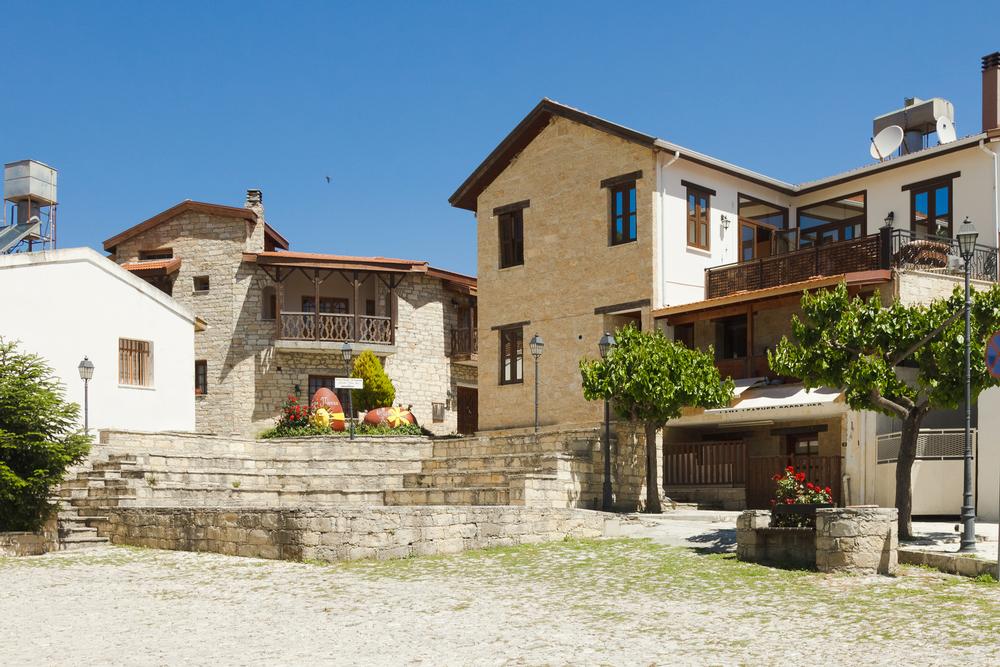
Kakopetria , situated in the northern foothills of the Troodos Mountains, has a cool climate and amazing landscapes, making it a desirable tourist destination. It is abundant with fruit trees of every variety, but is well known for its apples. Vegetables - especially tomatoes and potatoes - some grains, and vineyards for wine-making are prominent. There are a number of must-see attractions in the area, including Old Kakopetria, which was designated an ancient monument by the Department of Antiquities. There are also the Kakopetria Forest and the Trail of Atalanti, the Milos tis Gonias water mill, Central Square, and the Heroes' Monument. Travelers may also want to see the Olive Mill Museum, or Linos Museum, dedicated to wine, bread, and olive oil; both are in Old Kakopetria.
Arch. Makariou III, 20, Kakopetria, Cyprus
Travel Tips for Kakopetria, Cyprus
- Best Time to Visit – Spring and autumn offer cool weather and vibrant mountain scenery.
- Charming Old Town – Wander the cobbled streets of Old Kakopetria with traditional houses and small shops.
- Wear Walking Shoes – Streets are uneven and hilly—comfortable shoes are a must.
- Cooler Temperatures – Located in the Troodos Mountains, evenings can get chilly even in summer.
- Nature Trails Nearby – Explore Platania and other forest trails just outside the village.
- Stay Overnight – Traditional guesthouses offer a cozy mountain village experience.
- Try Local Cuisine – Taste mountain specialties like trout, sausages, and spoon sweets in village tavernas.
5. Kato Polemidia
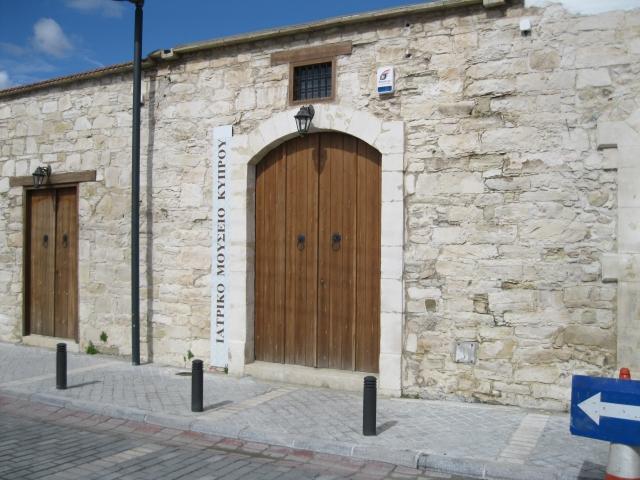
Kato Polemidia is just northwest of Limassol in Cyprus' wine country. This is the place to be for visitors interested in touring vineyards and attending wine tastings. Some wine tours include watching the manufacture and bottling of wines. There are a number of biking and hiking paths in the area. One of the most popular climbs is a 5-hour (one way) trek into the mountains to Alhetona - the heart of stone. Legend has it that lovers visiting Alhetona at sunset will never part. Visitors will also want to check out guided tours of the tea plantation, or enjoy an afternoon tea from a bed and breakfast with mountain views.
128 Panayias Evagelistrias Street, Kato Polemidia, Cyprus
Travel Tips for Kato Polemidia, Cyprus
- Urban Convenience – Located just northwest of Limassol, it's a great base for exploring the city and surroundings.
- Best Time to Visit – Visit from April to June or September to November for pleasant weather and lighter traffic.
- Use Public Transport – Buses and taxis offer easy access to Limassol city center and beaches.
- Local Parks – Visit Polemidia National Forest Park for walking trails, picnic areas, and nature views.
- Family-Friendly – The area has quiet neighborhoods, playgrounds, and accessible amenities for families.
- Explore Limassol – Kato Polemidia is minutes from Limassol Marina, the Old Town, and the Limassol Castle.
- Avoid Peak Traffic – Plan trips outside morning and evening rush hours for smoother driving.
For Families
6. Larnaca
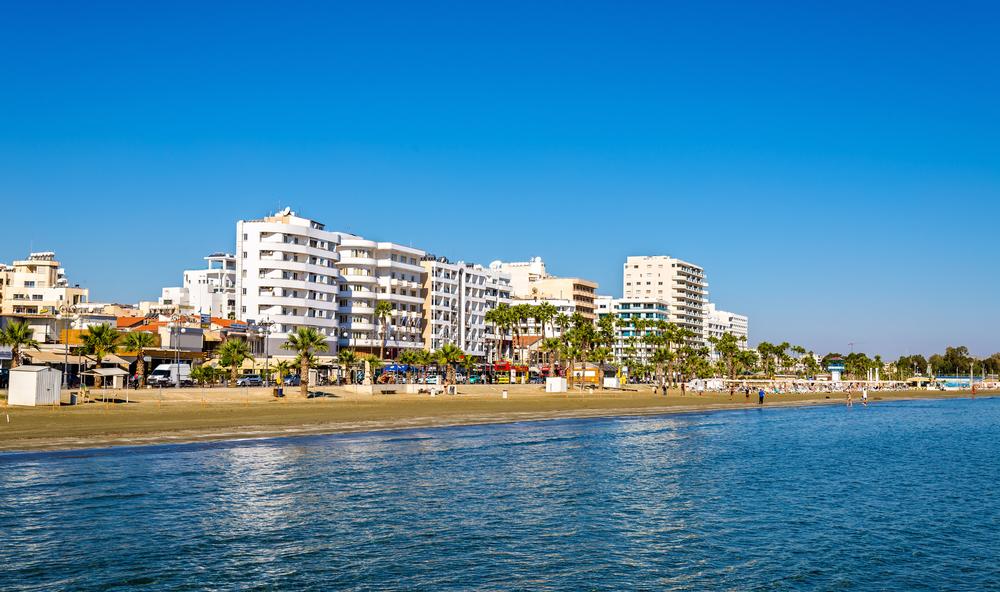
Larnaca is the self-described old soul of Cyprus, since it's the longest continually inhabited region. Visitors will love strolling the palm tree-lined Foinikoudes promenade separating the beach from the eateries and shops. An adjoining sea walkway passes old neighborhoods and fish taverns. Famous Salt Lake is home to migrating pink flamingos during winter, making for a gorgeous sight. The town's two most important attractions are the Christian Church of Agios Lazaros and the Muslim Mosque of Hala Sultan. Travelers will also find opportunities for wine tasting, walking tours, mini cruises, walking nature trails, diving and, of course, bird watching.
12 Gr. Afxentiou Avenue, Skouros Court, Larnaka, Cyprus
Travel Tips for Larnaca, Cyprus
- Best Time to Visit – March to May and September to November offer ideal weather without the summer crowds.
- Walkable City – Finikoudes Promenade, the marina, and historic sites are all within easy walking distance.
- Beach-Ready – Pack swimwear and sunscreen—Larnaca’s sandy beaches are calm and family-friendly.
- Visit the Salt Lake – Flamingos flock here in winter (Nov–March); bring binoculars for the best views.
- Historic Highlights – Don’t miss the Church of Saint Lazarus, Larnaca Castle, and ancient Kition ruins.
- Public Transport – Buses connect the city well, and taxis are widely available for quick trips.
- Airport Proximity – Larnaca International Airport is just 10–15 minutes from the city center—great for quick getaways.
7. Lefkara
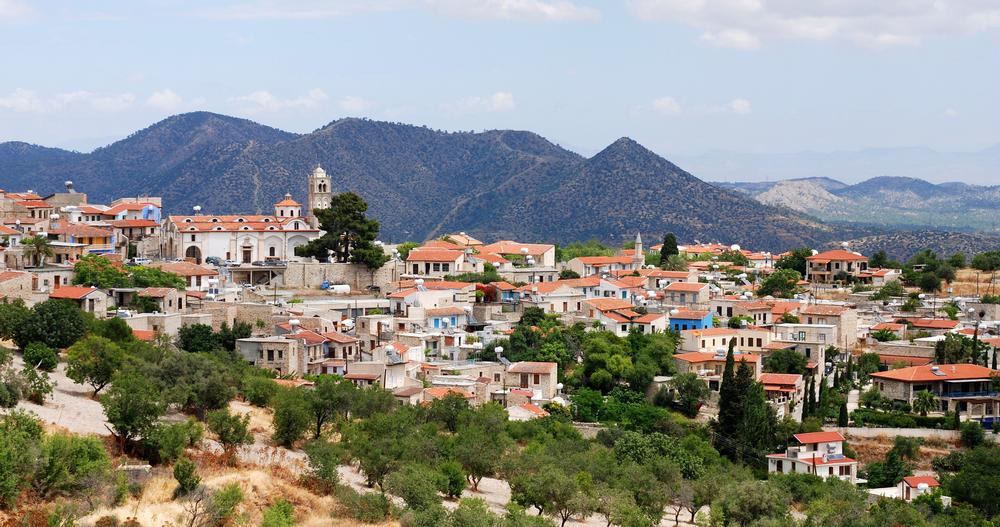
Pano Lefkara Village is nestled at the foot of the Troodos Mountains. It became one of the first rural municipalities of Cyprus in 1883, and gets its name from the surrounding white calcareous rocks. Lefkara is most famous as the birthplace of Cypriot folk needlecraft, which became well-known across Europe, bringing rapid economic development to the small town, and many women are now economically independent because of it. Visitors will find the embroideries everywhere. Other attractions are the village's many silvercraft workshops, where silversmiths make jewelry, cherubim, crosses, and other religious symbols. Wander the alleys and take in the white stone architecture of the houses.
12 Gr. Afxentiou Avenue, Skouros Court, Larnaka, Cyprus, Phone: +357-24-657-070
Travel Tips for Lefkara, Cyprus
- Best Time to Visit – Spring and autumn offer cooler temps and fewer tourists—ideal for exploring on foot.
- Famous for Lace & Silver – Shop for handcrafted Lefkaritika lace and traditional silverwork from local artisans.
- Wear Comfortable Shoes – The village has steep, cobbled streets best explored on foot.
- Charming Village Atmosphere – A great stop for traditional architecture, slow-paced life, and cozy cafés.
- Easy Day Trip – Just 40 minutes from Larnaca or Limassol—perfect for a short escape into the hills.
- Visit the Museum – The Museum of Traditional Embroidery and Silversmithing gives insight into local crafts.
- Photography Spot – Don’t miss panoramic views of the surrounding countryside from the upper village streets.
📔 I get asked this a lot so I decided to include it:
- Q: Where is Cyprus located?
- A: Cyprus is at the crossroads between Europe, the Middle East, and Northern Africa, easily accessible in the eastern Mediterranean from any of these three regions.
- Q: What is Cyprus known for?
- A: Cyprus is known for its beautiful beaches, regional wines, rugged mountainous interior, and the coastal city of Paphos, which features archaeological sites related to Aphrodite.
Map:
Plan Your Trip


